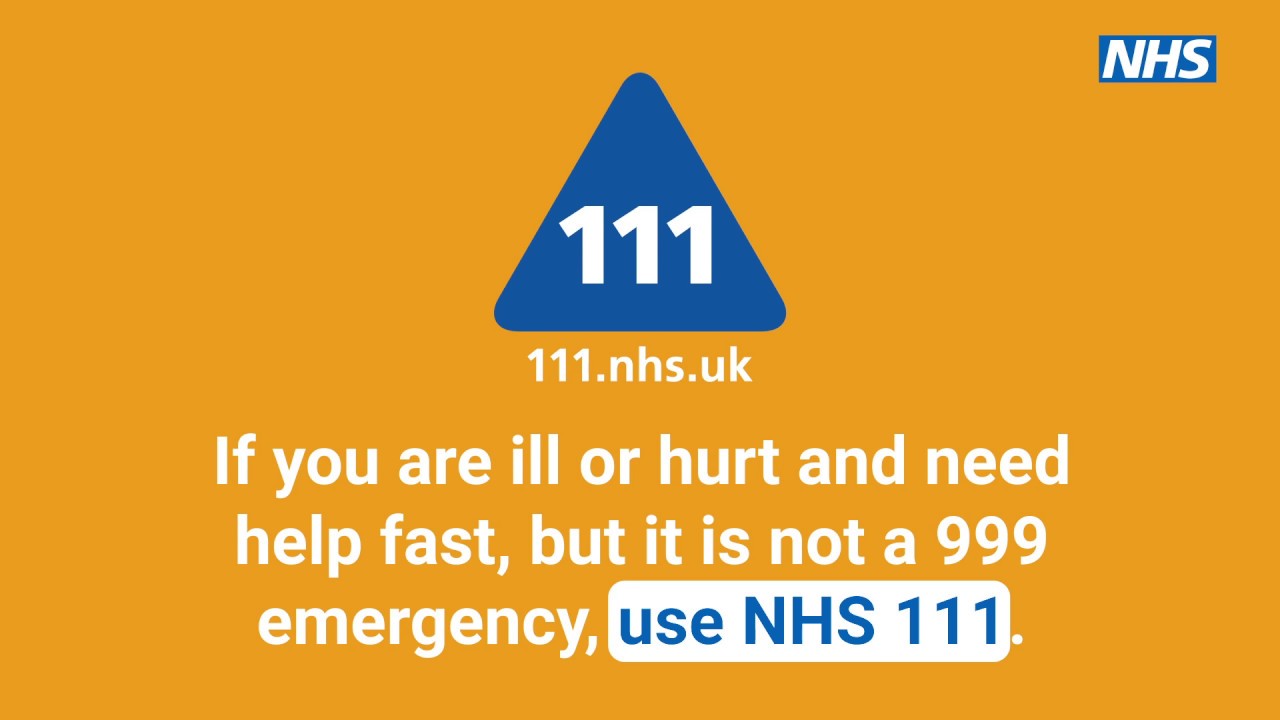03/02/2021
Transformation
Tackling the SDEC challenge, step by step
The essential steps and key questions to develop SDEC services
Starting with the basics of SDEC and why it's so important right now, we cover what is expected of NHS Acute Trusts and provide a pathway to tackling the challenge step by step.

What is SDEC?
"SDEC is the provision of same-day emergency care for patients being considered for emergency admission"
Source: Same-day emergency care: clinical definition, patient selection and metrics. NHS Improvement and the Ambulatory Emergency Care Network (April 2019)
- SDEC service models have been around for years, but have gained traction recently
- It requires a shift in thinking about how best to deliver urgent and emergency care
- It aims to minimise and remove delays in the patient pathway, allowing services to process emergency patients within the same day as an alternative to hospital admission
- SDEC activity refers to the investigation, care and treatment of patients for whom admission to hospital would have been the default option in the absence of an SDEC service
Why are we talking about SDEC now?
The roll-out of Think 111 First last year created a mandate for Trusts to make SDEC services available for direct referral via 111 services.
In some cases, services were easily connected. In others there were several challenges:
1. The SDEC service did not exist.
2. The existing SDEC service was fragile and not able to manage a further referral source.
3. The referral infrastructure was insufficient to cope with the new demand.
Image below source: Think 111 First, National campaign material (December 2020)

What is expected of NHS Acute Trusts?
There is an ambitious national direction of travel for Same Day Emergency Care services, so that:
- Hospitals should urgently expand same day emergency care (SDEC) options for primary care and 111
- They should provide SDEC and surgical SDEC at least 12 hours a day, 7 days a week
- An acute frailty service is available at least 70 hours a week
- A wide range of generalist and specialist clinicians should be involved. This will mean more patients receive the right care at the right time
Sources: Improving medical pathways for acute care, RCP; NHS Improvement Same Day Emergency Care
Tackling the SDEC challenge, step by step
As Acute Trusts look to bolster and add to the number of effective and accessible SDEC services, there are four steps, each with key questions, to work through:
1. Potential
2. People
3. Process
4. Place
Tackling each of these will allow for a systematic approach to developing SDEC services.

1. Potential: Establish the potential demand for SDEC services
Establish the demand for SDEC services per referral source by asking the question:
What is and will be the demand for SDEC services?
Consider all the referral sources when designing SDEC services. What will the demand be per SDEC from Paramedics, GPs, Emergency Department colleagues, Self-referral, and 111?
Then current capacity can be assessed to identify the gaps against projected demand.
Below is a model The PSC developed for an Acute Trust to visualise SDEC demand by referral source.

Source: The PSC demand model, developed for a South East NHS Trust
2. People: Work through the people changes needed to meet demand
Roles and responsibilities will need to shift to accommodate changing and expanding pathways, especially if Trusts shift to a ‘SDEC first’ policy.
Map out workforce needs by answering:
1. Who: Will the service be Consultant-led or Nurse-led?
2. How: How and who will manage the triage call and email referrals?
3. What: What staffing mix will you need to be safe, 7 days a week, 12 hours a day?
3. Process: Map out the process changes needed
Many processes will need updating or changing to deliver extended SDEC services.
Three areas to focus on:
1. Governance: Who needs to be involved to deliver the change in SDEC services? How will the change be managed?
2. Accessibility: How will services (e.g. a community GP) know about the changes, and how will they access the new SDEC services?
3. Supporting services: How will SDEC services have access to rapid diagnostics via pathology and radiology?
4. Place: Establish the place for SDEC
Finding the right place for a SDEC service is really important. Each service and Trust will have different needs.
Working through these questions will help establish where to locate services:
1. Co-location: Is being near to another service essential?
2. Technology: Could part of the service happen virtually?
3. Accessibility: Is the location accessible to patients and referral services?
About us
The PSC, previously 2020 Delivery, is a team of public service consultants united by the belief that better public services are the key to a stronger society.
Dedicated to the sector, we work closely and collaboratively with ambitious leaders and teams to solve complex challenges and deliver high-value change.
If you’d like to be in touch about how we could support your organisation with SDEC development, please contact Chris Bradley, Director,
at chris.bradley@thepsc.co.uk.
Latest News & Insights.

Synthetic Research is Happening – Here’s What’s Out There
AI-powered synthetic research is moving fast. Here’s how public service…

The PSC and Parkinson’s UK Shortlisted for The 2026 HSJ Partnership Awards
Our Time-Critical Medications Dashboard has received recognition from The 2026…

Fit for the Future: Realising the ‘Left Shift’ from Hospital to Community
Insights from The PSC’s roundtable on community health, innovation and system…